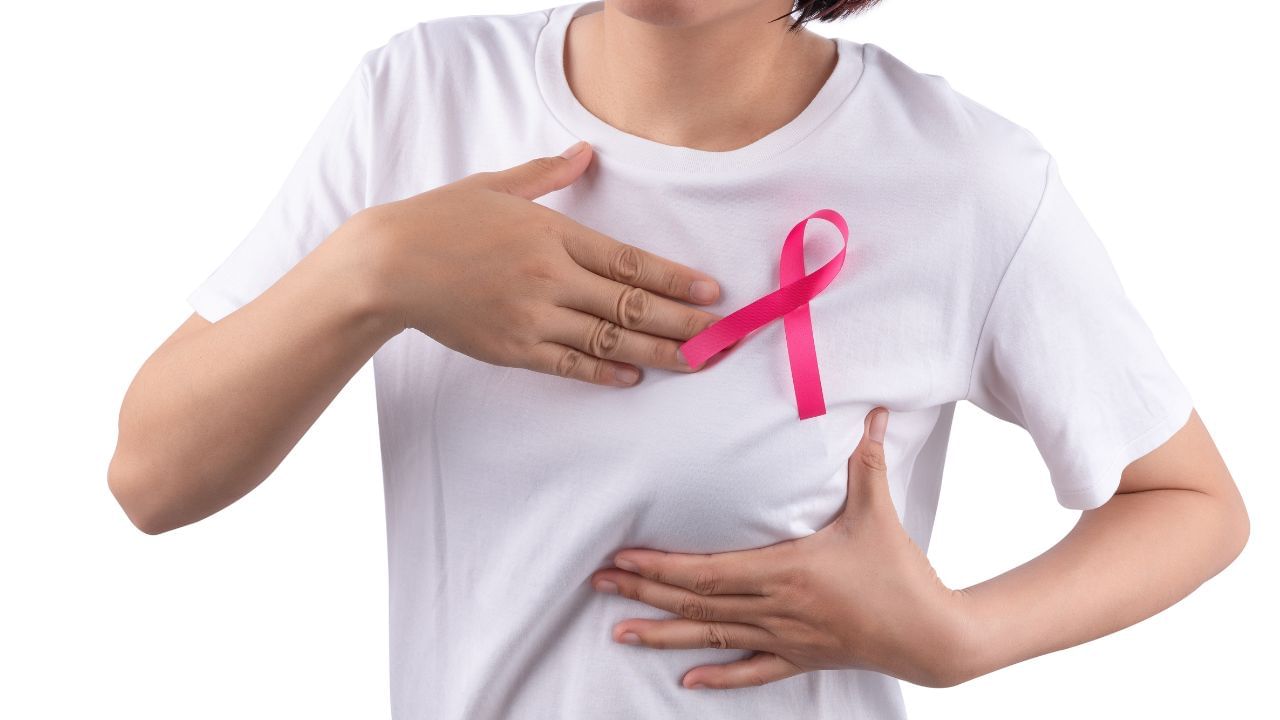Is every breast lump cancer?
Image Credit source: Getty Images
Breast Cancer: In the last few years, there has been a continuous increase in the cases of breast cancer. According to the report of the World Health Organization (WHO), every year millions of women around the world are being affected by this disease. Breast cancer is a type of cancer in which breast cells start growing abnormally and take the form of a lump or tumor. Its most common symptom is feeling of lump in the breast. Early detection and timely treatment can improve its outcomes to a great extent.
breast cancer The causes include genetic factors, hormonal changes, age, obesity, unhealthy eating habits and bad lifestyle. Additionally, smoking, alcohol consumption and long-term hormone therapy can also increase the risk. Other symptoms include changes in the shape of the breast, spots or stretches on the skin, abnormal discharge from the breast or nipple, breast pain, nipple turning inward, thickening or redness of the skin, and sometimes swelling of the hand or arm. Therefore, regular self-check and doctor’s examination are very important for early detection. Often people consider only the lump as serious, but other small changes should also not be ignored.
Is every lump on the breast breast cancer?
Dr. Saloni Chadha, Assistant Professor at RML Hospital It is said that not every lump on the breast is cancer. Lumps can form in women’s breasts due to many reasons, such as cyst, fibroadenoma or infection. These are generally benign i.e. non-cancerous. Cancer lumps are usually hard, painless and may increase in size over time. Apart from this, signs like abnormal discharge from the nipple, stretching or redness of the skin and change in the shape of the breast are seen in cancer.
Dr. Saloni Chadha Told that do not take any lump lightly and get it checked by ultrasound, mammography or doctor on time. With early detection, treatment is easy and effective. It is important for women to understand that not every lump is dangerous, but it is very important to be careful.
keep these things in mind
Do self-breast checks regularly.
Do not ignore any new lump or change in the breast.
Get checked by a doctor from time to time, especially women above 40 years of age.
Adopt a healthy lifestyle, take a healthy diet and do regular exercise.
Avoid smoking and alcohol.
Be especially cautious if there is a family history.
